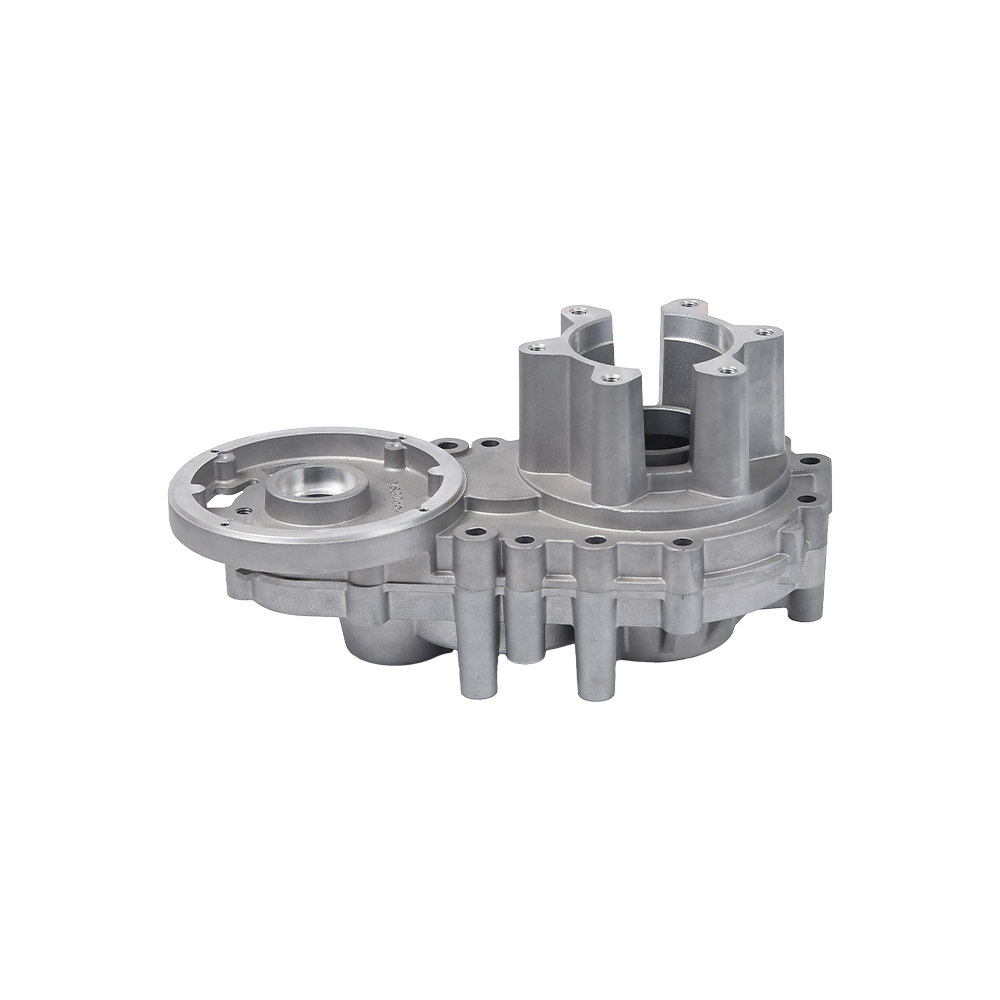Aluminum die-casting has many advantages in the fields of construction and decoration. Firstly, aluminum die-casting technology can produce components with complex shapes and high precision. For architecture and decoration, unique designs and intricate shapes are often required, and aluminum die-casting can meet these requirements. For example, various exquisite patterns, designs, and complex geometric shapes can be die cast to add artistic and decorative elements to buildings.
Secondly, aluminum materials have good corrosion resistance. In the external environment of buildings, components need to withstand various climatic conditions, and aluminum die-casting components can resist the erosion of rainwater, moisture, and chemicals, maintaining long-term beauty and performance.
Furthermore, aluminum die cast components are relatively lightweight, making them easy to install and transport. In construction, lighter components can reduce construction difficulty and cost, and improve work efficiency. At the same time, aluminum materials also have good strength and hardness, which can meet the structural requirements of building components.
In addition, aluminum die-casting can achieve large-scale production, ensuring product consistency and quality stability. This is very important for construction and decoration projects, as it ensures uniform specifications of each component, facilitates installation, and presents the overall effect.
However, there are also some issues to be aware of when using aluminum die-casting to produce building and decorative components. For example, defects such as porosity and shrinkage may occur during the die-casting process, which need to be avoided through strict quality control. At the same time, surface treatment of aluminum materials is also crucial to improve their wear resistance, weather resistance, and aesthetics.

 English
English русский
русский Español
Español










